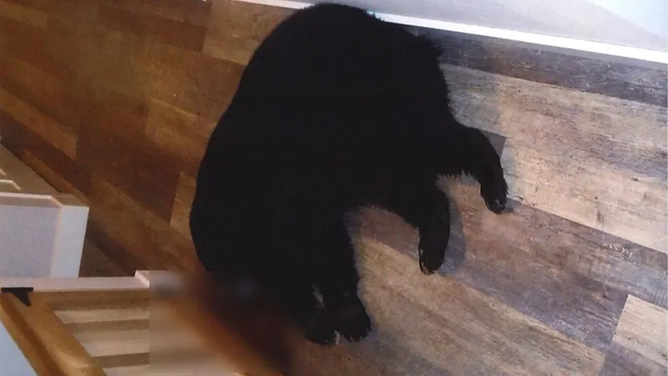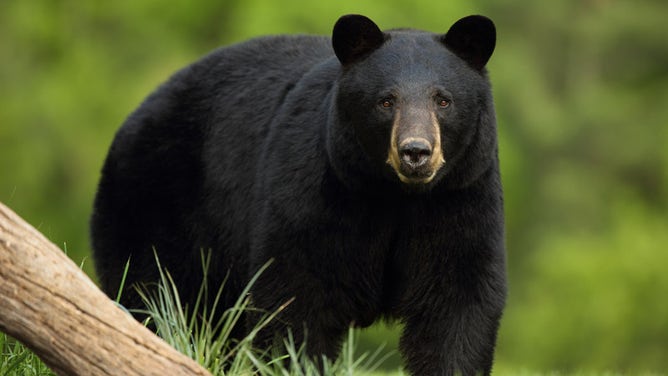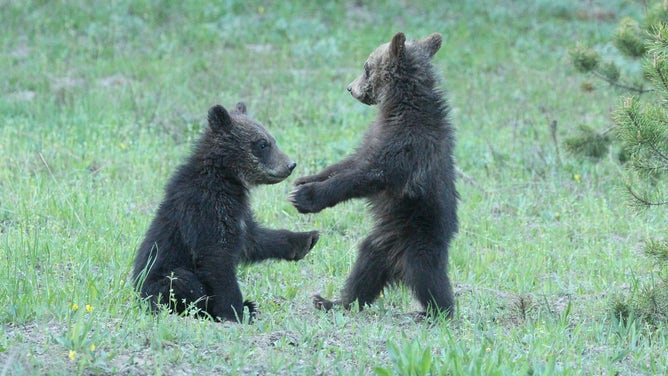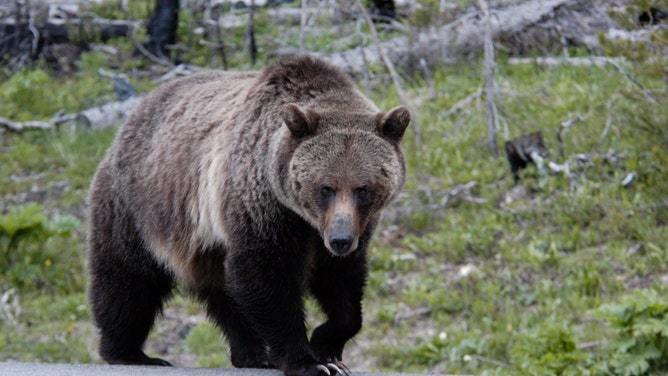Rise in bear sightings expected as 'fall shuffle' gets underway
Food sources such as garbage cans, pet food or bird seed can entice a hungry bear to venture close to people. Even with the increase sightings, attacks are rare.
Fall shuffle is underway for bears
Bears are commonly spotted during the fall months looking for food before the winter.
As temperatures start the annual autumnal plunge, wildlife experts predict bears will start becoming more active and venture closer to humans.
Biologists refer to the animal’s increased mobility to find food as the ‘fall shuffle.’
The preparation for the winter can begin as early as August and last until food starts to become sparse, closer to the winter months.
Chris Servheen, a wildlife biologist, who previously served as the U.S. Fish and Wildlife Service's national grizzly bear recovery coordinator, said the weather’s impact on food sources effects when the animals start the trek to their winter den.
"The weather either helps kill off or helps increase the food availability, and that’s why bears either hibernate or don’t, Servheen said.
Servheen believes warm weather cannot only prolong how long bears forage for food, it can also speed up their return from the den in the spring.
WHEN YOU WILL SEE THE PEAK OF THE FALL FOLIAGE SEASON
"Adult bears need to take in approximately 20,000 calories a day during the fall," said David Telesco, Florida’s bear management program coordinator. "If given the opportunity, bears will take advantage of easy meals from things including unsecured trash cans and bird feeders. However, if bears don’t find a food source in a neighborhood, they’ll move on."
Biologists estimate there are around a million bears that roam the landscape of North America.
While encountering a bear is still considered rare in many parts of the country, Servheen believes human migration is leading to increase sightings.
"We see more and more people moving into their habitats now. And what that means is that there's more conflicts with bears because people are building houses and places where there are never houses before," Servheen said.

Grizzly Bear Population
(US Park Service)
THE BEAR NECESSITIES OF LIVING SAFLEY WITH FLORIDA BLACK BEARS
The National Park Service warns people should keep their distance and stay calm if they encounter a bear. The agency suggests knowing several tips if you ever come face-to-face with a bear:
- Make yourself look as large as possible: Slowly wave your arms to let the bear know that you are not prey
- Stay Calm: Talk to the bear in only low tones. A scream or sudden movement might trigger an attack
- Move slowly away: Don't run. Make sideways movements away from the bear
- Be cautious around cubs: Don't approach or get between a mother and her cubs. Bears will attack to fend off any perceived dangers to the cubs




